Suffering is a universal human condition. We do our very best to avoid it but very few of us can. Buddha talked at length about suffering. He called it "dukkha" which includes the entire spectrum from dissatisfaction and discomfort to intense pain and suffering. He discovered a way to end suffering and find lasting peace - a peace he calls Nirvana. Many sages and spiritual masters have touched upon this human condition. Although suffering is an unwelcome condition it can develop in us a greater depth of soul and gives us the capacity for deeper compassion. Suffering acts as a crucible in which we undergo inner transformation, a transformation that shatters the very core of who we think we are and opens the doors to deeper perception and realization of what may be called our true Self within.
We do not need to intentionally seek to suffer to experience transformation. The way to transformation may be practiced without the presence of suffering. Suffering can lead to inner transformation. This transformation can happen right in the midst of suffering. Such an experience is often revelatory and some call such experiences "awakenings." These changes can lead to further awakenings and life itself becomes a journey of transformation. It is a spiritual journey, as each awakening shatters one's previous concept of self and allows discovery of deeper levels of being. It is a journey that leads us to that place within which reveals our true nature or true Self, that place in which we are at the matrix of creation, and the fountainhead of peace, love, joy and freedom, and these states are emanations of the true Self and not separate emotions.
Suffering is invariably caused by the "desire gap." This is the gap between what we want (desire) and what is. What we want can be anything - an event, a person, a set of specific circumstances, material things, a physical condition, etc., but they are all personal mental and emotional projections. Of course, what "is" happens to be the undeniable "reality" in front of us that we find hard to accept. This is the seed of suffering - the gap that exists between what is and what we want.
When one has reached a point of being utterly exhausted from suffering, and arrives at juncture where there appears to be no exit point, no escape route, and the mind offers no solution, it is in this state of existential crisis that a transformative opportunity arises. It does involve the act of stopping the mental and emotional bicycle that we have been on to look squarely into the face of suffering.
For one moment we must stop, completely stop, and step back from the emotions and thoughts. Stopping leads to recognition, to simply place full attention on one's feelings and thoughts. Recognition is awareness, and awareness requires stopping even for a brief moment. One's suffering must be confronted squarely. Rather than turning away from it, look into its face with courage by quietly placing attention on it. In order to transcend it one must accept it and embrace it.
Our suffering may consist not only of the pain itself but also the desire for the suffering to cease. We may be overwhelmed by both pain and desire. It may feel impossible to stop. We feel overwhelmed because we are identifying intimately with our thoughts and emotions. However, know that we are deeper than any thought we could think of. We are deeper than any emotion we may feel, whether that emotion is sublime or ugly. Stopping does not mean rejection or repression of our thoughts and emotions. Rather it means letting them be and observing them as a witness. Awareness requires us to focus our full attention on what is happening inside us. By doing so we open a small gateway to our heart of hearts, and there is the softest whisper that may be heard inviting us to enter.
The road of suffering divides into two paths, and both paths lead to transformation. It is up to the individual which path to take. It is a personal choice. The first path is that of acceptance. The second path is that of release. Both involve an element of surrender in slightly different ways. However, the end is the same.
The path of acceptance requires resolve. The emotions of suffering are wholly accepted and embraced. Accept and embrace the suffering - even if the condition of suffering is for the rest of one's life - say yes to it. As Christ accepted his crucifixion and his cross, embrace one's own cross in an act of surrender. From this surrender the suffering will be transmuted to liberation. The path of release requires courage. In the path of releasing, one needs to release the desire in the "desire gap." It may also be described as surrendering, surrendering in the sense of letting go, of the one prime desire inherent in the "desire gap."
In the path of release, by giving up what you desire most of all there is not only a shift of one's sense of self, but a major falling away of one's identity. This crumbling of identity also occurs with the path of acceptance. If you accept what you once deemed unacceptable then this impacts upon one's sense of self. However, this is not to be feared. In the falling away of one's perceived identity is the realization that the identity was not real to begin with. It was self-created over time, supported by family, friends, peers and society in general. The imaginary construct of self was held in place by a myriad opinions, judgments, and thoughts - all of them insubstantial. This false identity is sometimes called the ego or the small self. Upon this realization we suddenly experience an overwhelming sense of freedom and joy. We have peeled away layers of illusion to recognize something in us that is more real. This is an awakening to one's true nature or one's true Self. It may be a small and gentle glimpse or an overwhelming experience - again it does not matter. It is the end of your world as you know it and it is the beginning of your journey, the journey of transformation.
"There is a place within, even in deep sadness, where you are totally whole and complete."
~ Rumi
paintings by Kahlil Gibran
My special thanks to Joseph for writing this post at my request.



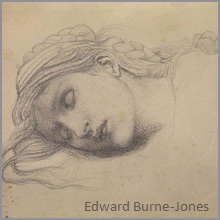

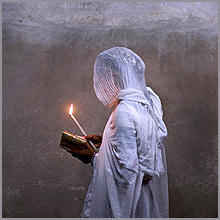
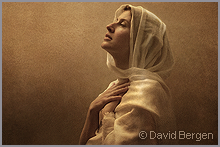

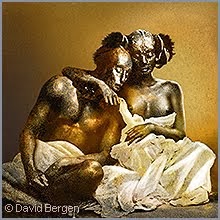


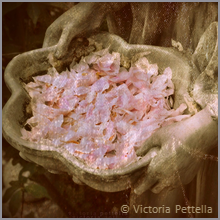
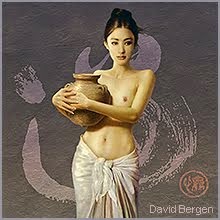

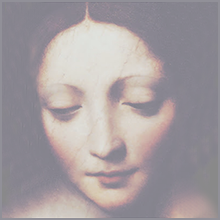

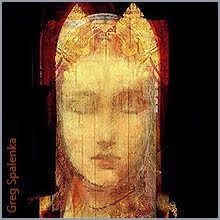
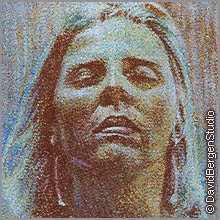











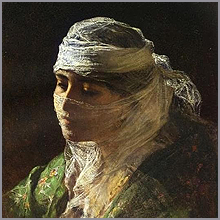
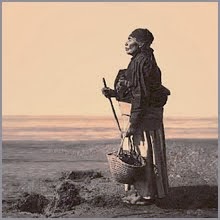

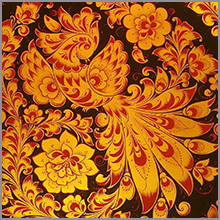

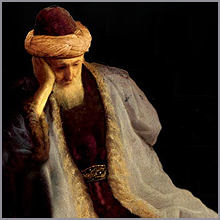
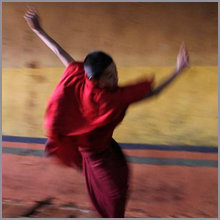






No comments:
Post a Comment